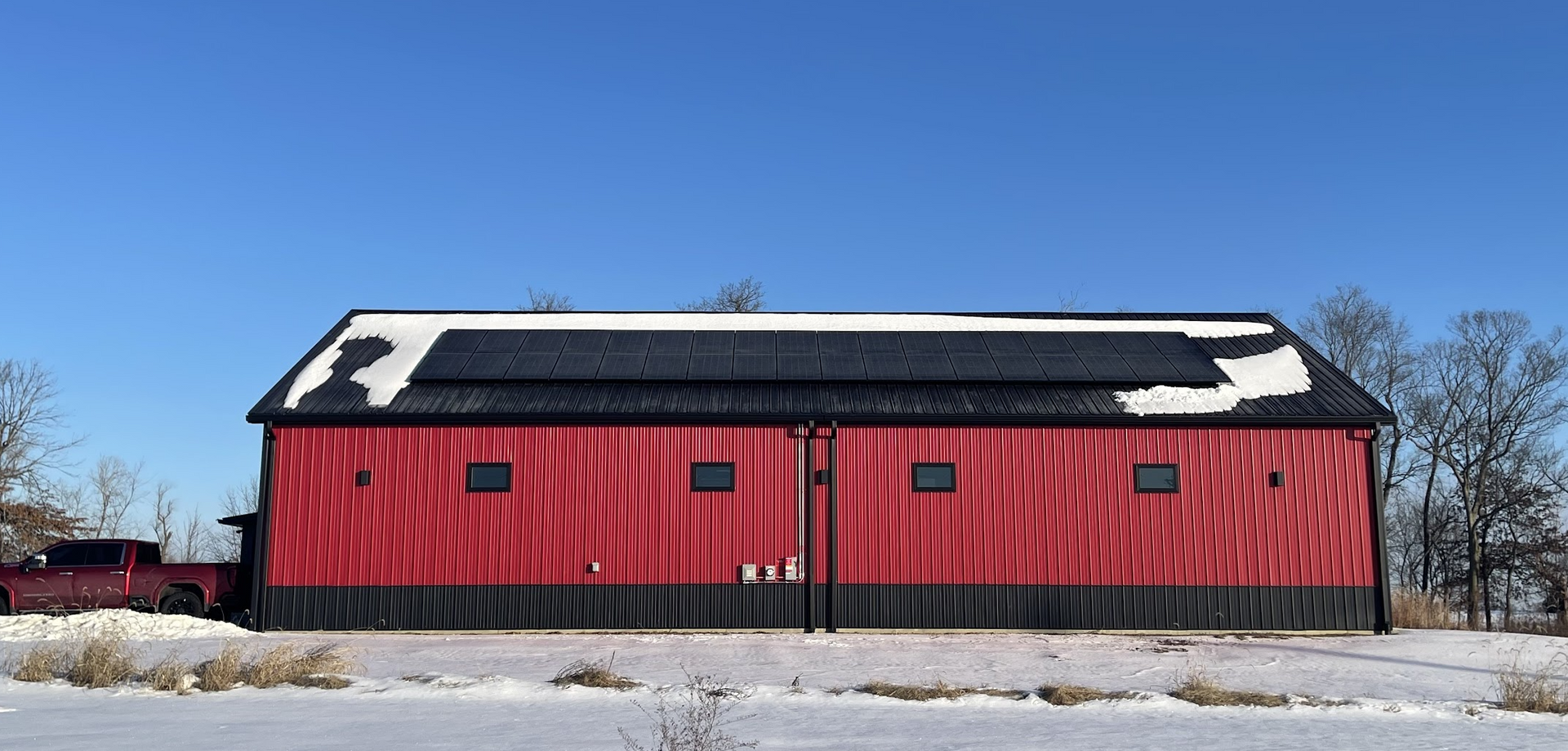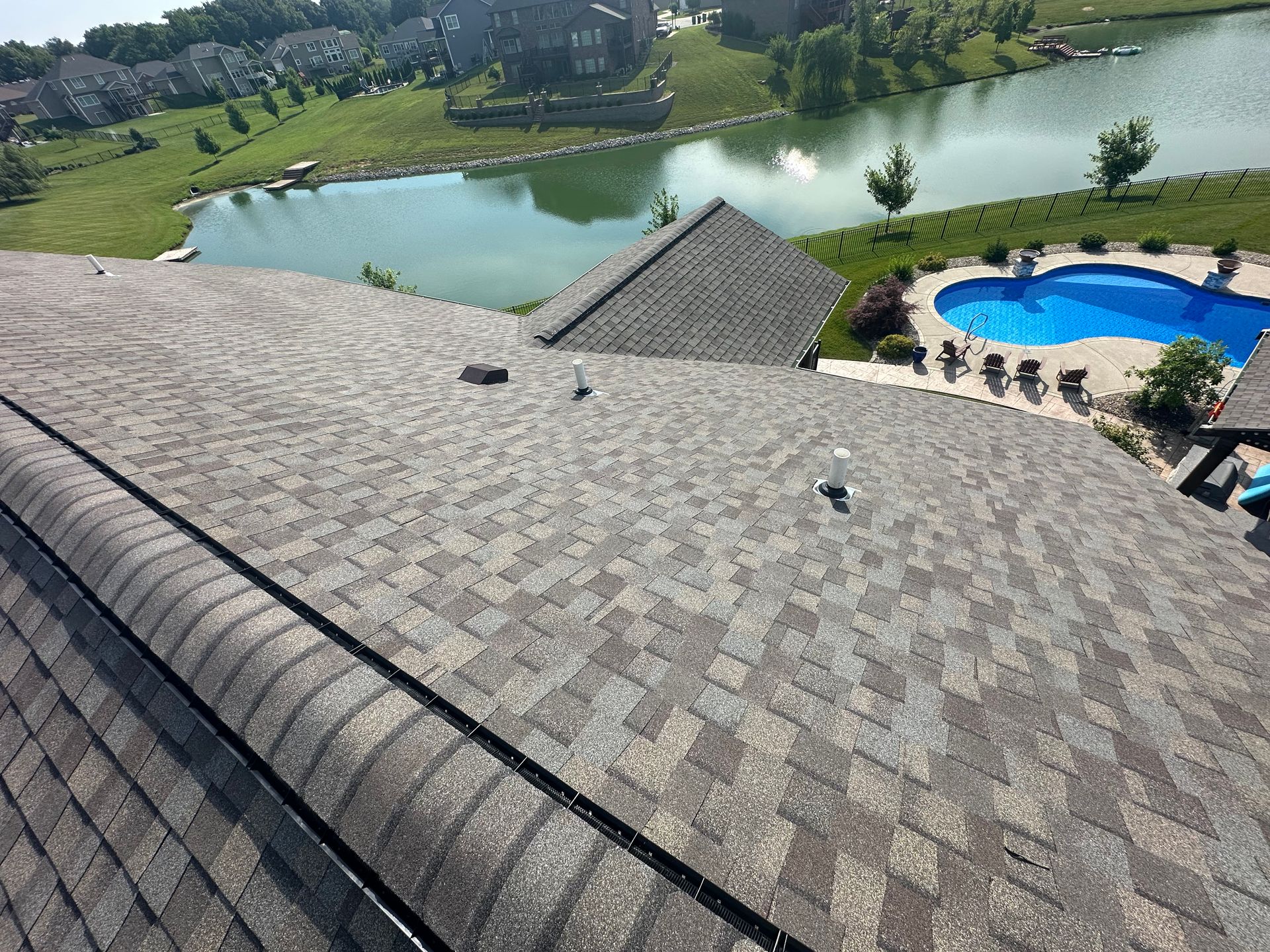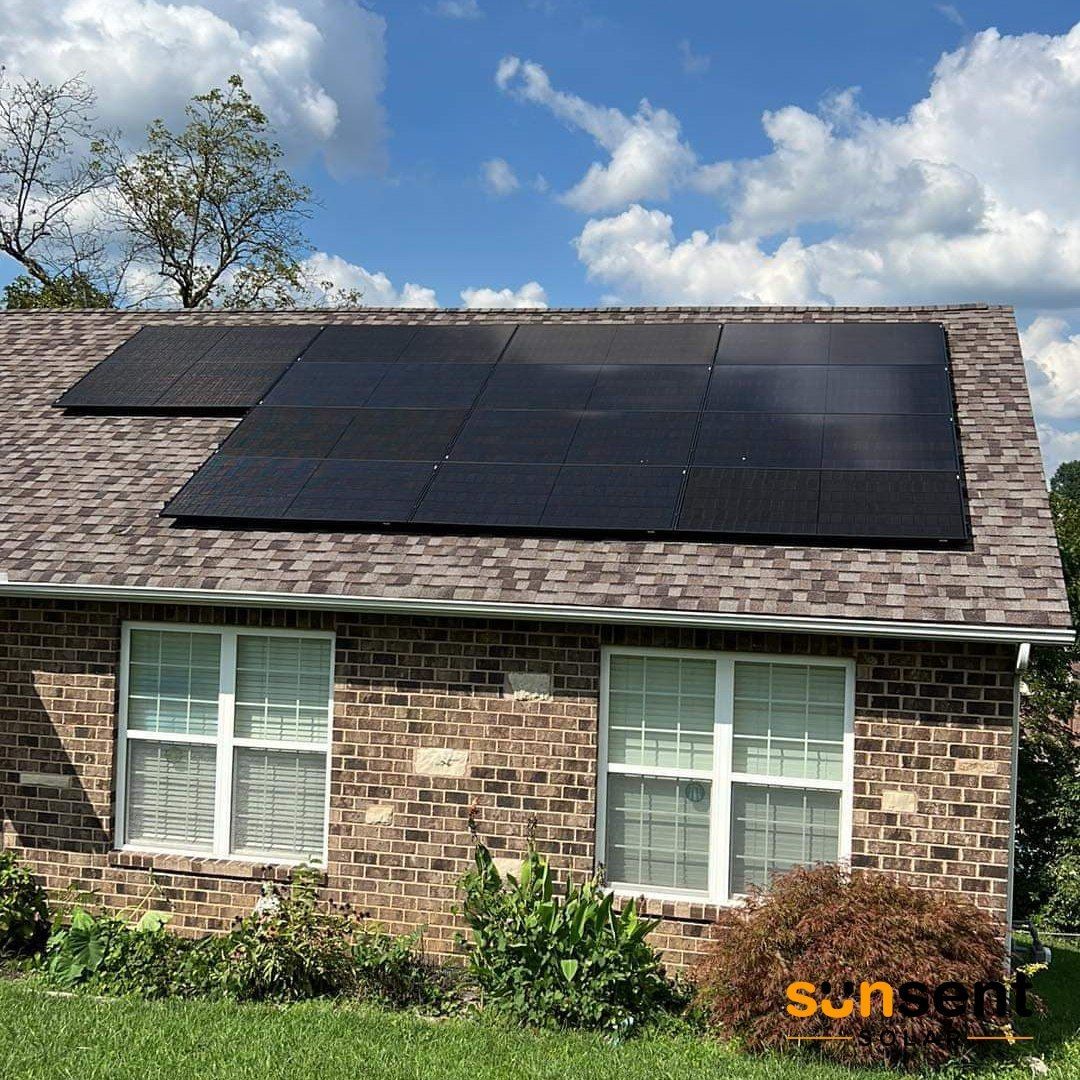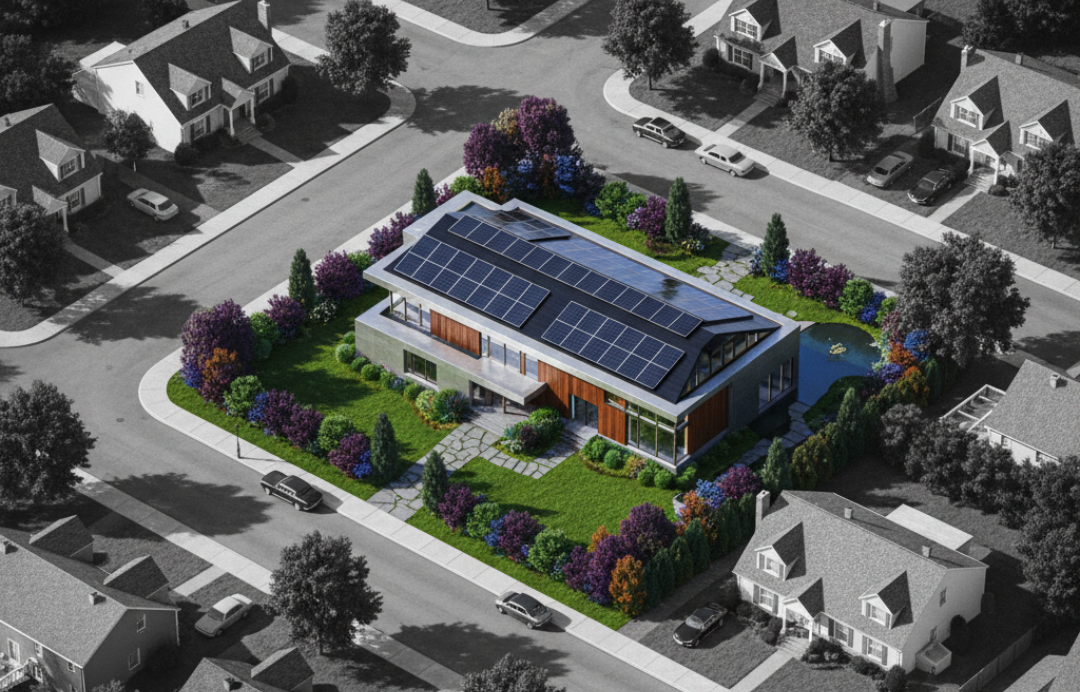Solar Sheep: How Grazing Livestock is Revolutionizing Solar Farms
When you think of a solar farm, you probably picture rows of sleek, high-tech panels harnessing the sun’s energy. But there’s another key player in the future of sustainable energy—sheep. According to EnergySage, these woolly workers are proving to be an essential part of solar farms across the country, providing an innovative solution that benefits both the environment and the agricultural community.
The Rise of Agrivoltaics
Agrivoltaics, the practice of combining agriculture with solar energy production, is gaining traction as a way to maximize land use. Instead of choosing between farmland and solar power, agrivoltaics allows both to coexist. One of the most effective forms of agrivoltaics is solar grazing—using sheep to maintain the vegetation around solar panels.
More than 100,000 acres of solar farms in the U.S. now utilize over 80,000 sheep for this purpose, according to the American Solar Grazing Association (ASGA). Companies like Dominion Energy and SB Energy have embraced solar grazing, recognizing the environmental and economic benefits.
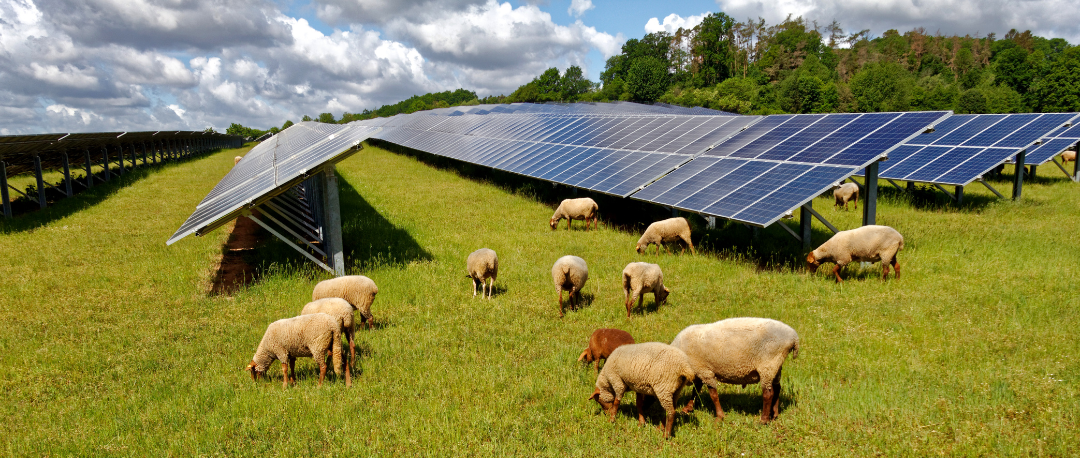
Why Sheep? The Perfect Solar Farm Mowers
While other livestock, such as goats, cows, and horses, could theoretically graze on solar farms, sheep are uniquely suited for the job. Unlike goats, which tend to chew on wires, or cows, which are too large to navigate the narrow spaces between panels, sheep have the perfect size and appetite for maintaining the land without causing damage.
Their grazing prevents grass and weeds from growing too high and blocking sunlight from reaching the panels. By eliminating the need for gas-powered lawnmowers or chemical herbicides, solar grazing reduces maintenance costs and lowers carbon emissions.
Environmental Benefits: More Than Just Lawn Care
Sheep do more than keep the grass short. Their presence on solar farms helps improve soil health and biodiversity in several ways:
- Natural Fertilization: As they graze, sheep distribute organic matter (manure) across the land, enriching the soil with nutrients and promoting healthy plant growth.
- Enhanced Biodiversity: Sheep naturally trample old plant matter into the earth, helping seeds germinate and fostering a diverse habitat for insects, birds, and small mammals.
- Improved Soil Carbon Storage: Studies show that episodic grazing can increase carbon storage in the soil, helping to mitigate climate change.
A Win-Win for Farmers and Solar Companies
Solar grazing isn’t just good for the land—it’s also an economic win for farmers and solar operators. Farmers who participate in solar grazing programs can feed their flocks without purchasing additional land or feed, reducing costs and increasing profitability.
For solar companies, sheep provide a cost-effective, low-maintenance solution for vegetation control. Some landowners even earn triple revenue streams from leasing their land to solar companies, providing grazing contracts for sheep, and selling agricultural products like wool, dairy, and meat.
The Future of Solar Grazing
As more states adopt agrivoltaic practices, solar grazing is expected to expand. Farmers and solar operators in at least 45 states are already working together to make solar grazing a mainstream practice. Research into the long-term benefits of agrivoltaics continues, with universities and energy companies studying how solar farms can further enhance environmental sustainability.
By integrating sheep into solar farms, the industry is proving that clean energy and sustainable farming can go hand in hand. It’s an innovative approach that benefits farmers, energy providers, and the planet—one bite of grass at a time.
Want to learn more? Give us a call at 636-757-3083 or visit sunsent.com. You can also read our past blog on The Best Solar Panels of 2025: Which One is Right for You?

